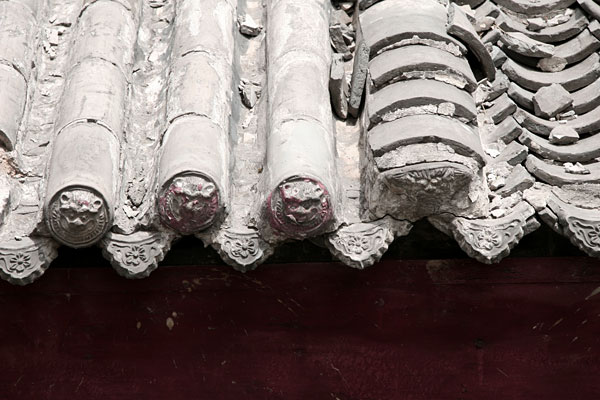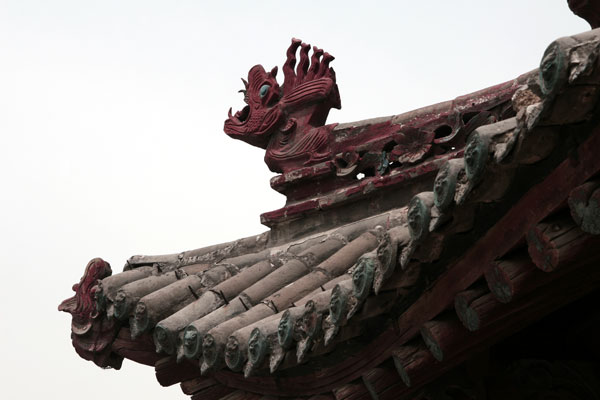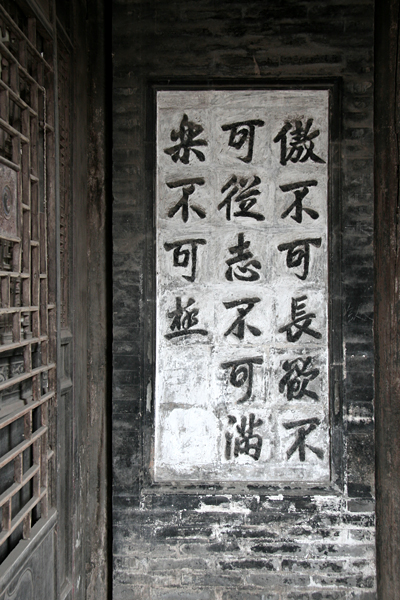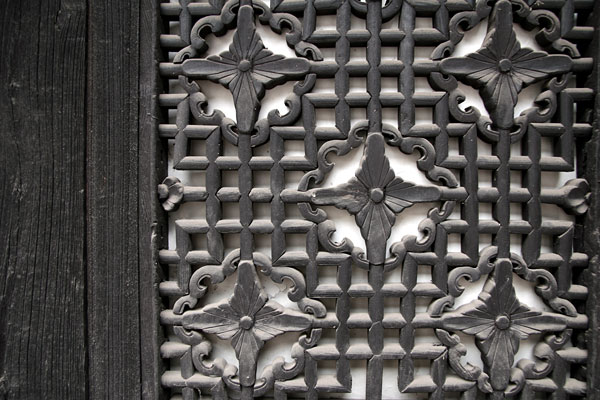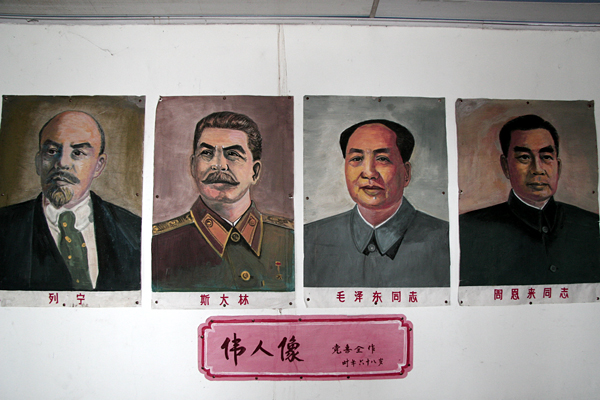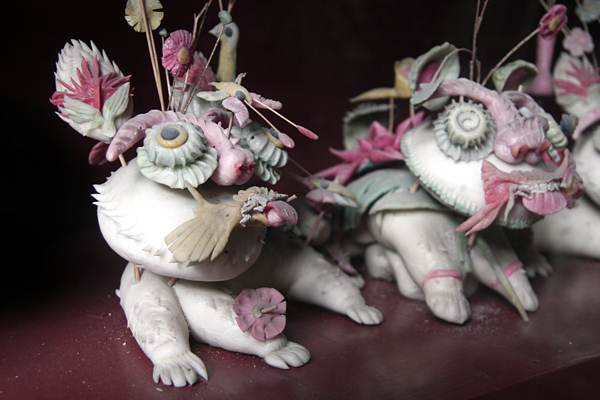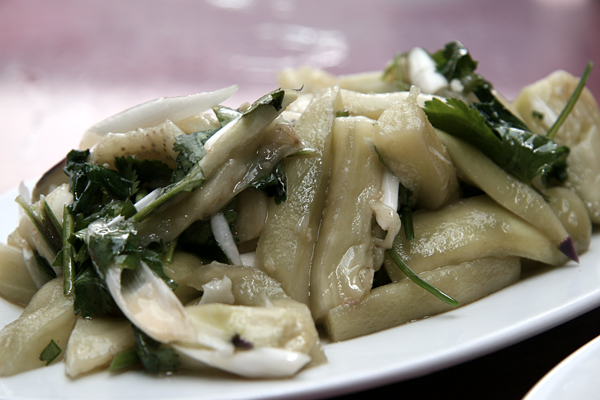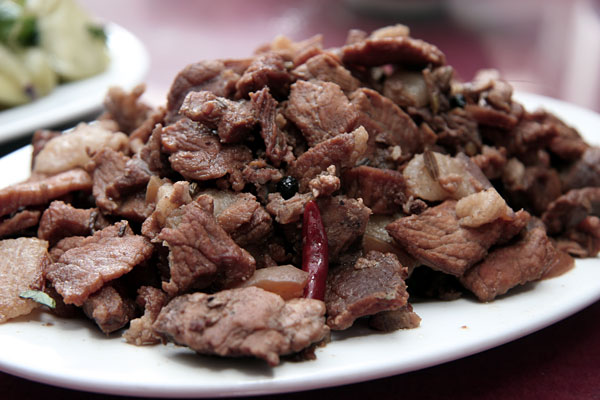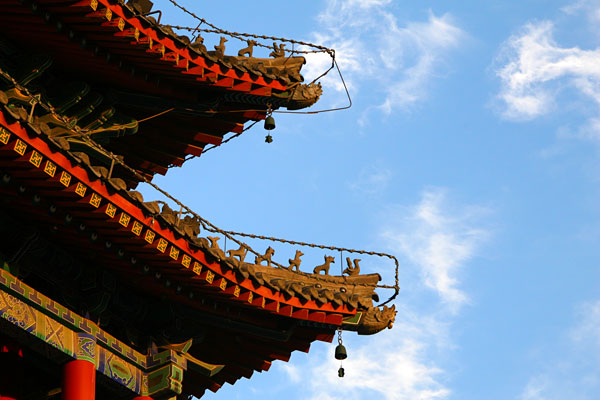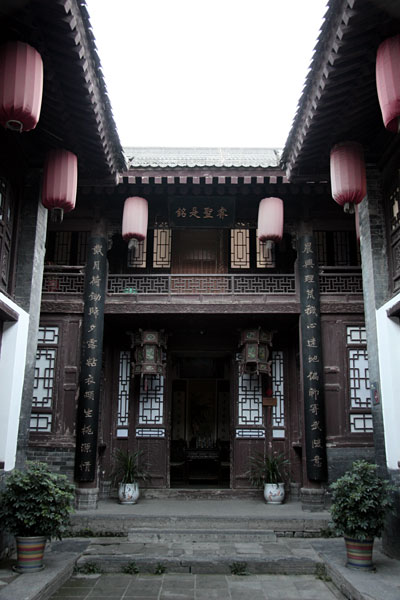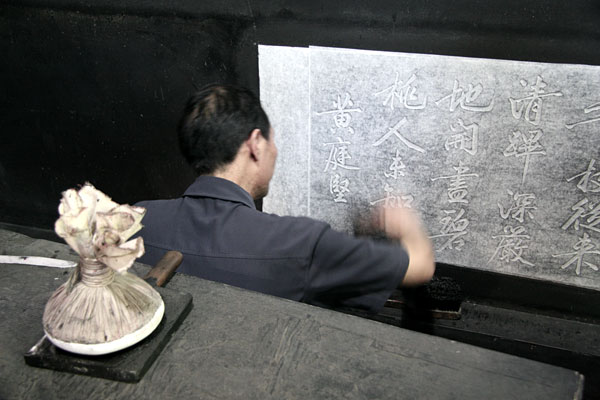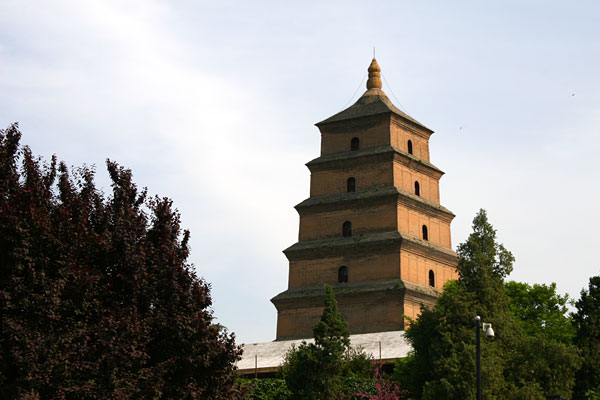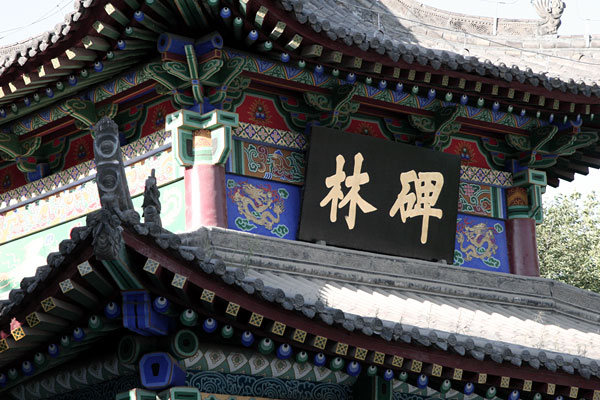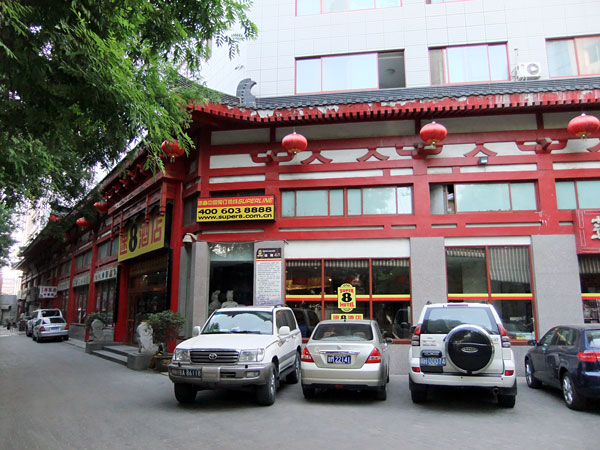
This series of 6 articles is dedicated to Pingyao, where we passed through the ancient city gate in the summer of 2011 and spent four memorable nights within. I hope this will help non-Chinese-speaking readers navigate this spectacular and underrated corner of Northern China.

As a Chinese-speaking foreigner and food enthusiast, I feel that current English resources on the Internet hardly scratches the surface of this fascinating destination. Yes the Ming Dynasty streets are romantic by night and the city walls are impressive, but there is so much more depth to the city.

For instance the deliciously rustic Shanxi cuisine is rarely mentioned in English reviews of Pingyao. If you're remotely passionate about Chinese food, the whole Province of Shanxi is an immensely underrated region. We just had an amazingly executed meal of Shanxi cuisine at one of the city's top restaurants, inside our own private room with a dedicated private waitress, for merely RMB 88 (CAD$13) for two persons. To this date Pingyao remains one of my favorite memories of China, and I wish to make it equally enjoyable for the next guy.

INTRODUCTION TO PINGYAO
The ancient city of Pingyao, with its well-preserved Ming and Qing Dynasty streets nestled within mighty fortress-like walls, needs little introduction as a tourist destination. Internationally it has become famous as a UNESCO World Heritage Site and a backpacker hangout. Domestically it is well-known as one of the two best-preserved ancient cities along with Lijiang in the south, and its relative proximity to Beijing (meaning 8 hours away by tour buses) makes it even more attractive for weekend trippers from the capital.
The good news is ... most visitors, especially tour groups, tend to rush through the major sights around Pingyao within a day or two at most. Stay for a few nights and you'll have most of the city's ancient quarters to yourself in the morning and evening.

SUGGESTED ITINERARY
Pingyao isn't small. The fortified ancient city alone easily takes two days of non-stop sightseeing to see it all, and that doesn't even include visiting the best authentic restaurants outside of the city walls. In addition the spectacular ancient temples of Shuanglin Si (incredible one-of-a-kind terracotta sculptures) and Zhenguo Si (one of the oldest wooden structures in China) will require short taxi trips to visit. You'll also definitely want to visit one of the merchant clan compounds, probably the Wang's Family Compound or the Qiao's Family Compound, which would take at least another half day. If you've traveled this far from Beijing just to see Pingyao, do yourself a huge favor and experience it all.

DAY ONE - Rishengchang - Armed Escort Museums - Lunch - Yamen - City God Temple - Confucius Temple - Dinner - Spend the evening on Nandajie street
DAY TWO - Other museums on Nandajie - City Wall - Lunch outside City Wall - Taxi to Shuanglin Temple and/or Zhenguo Temple and back - Dinner outside of City Wall
DAY THREE - Finish the rest of the Museums - Half-day trip to Wang's Family Compound or Qiao's Family Compound - See the real Pingyao outside of City Wall - Dinner outside of City Wall
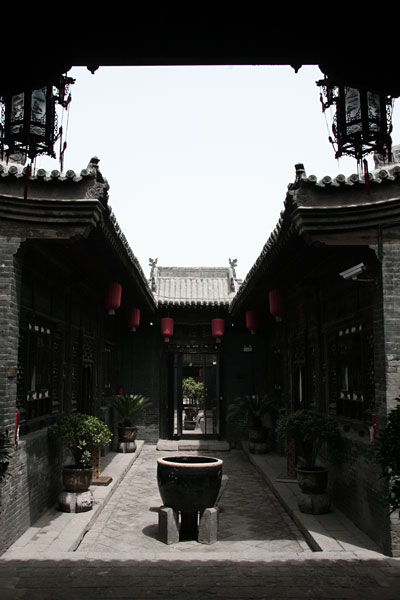
TRANSPORTATION
The easiest way to reach Pingyao is by train via the provincial capital of Taiyuan in the north (2-3 hours by local trains). Taiyuan is now connected to Beijing through the high speed rail network, making Pingyao as accessible as ever.
Connecting to other major destinations take a little more planning due to infrequent service. Datong and the famous Yungang Grottoes are connected by several local trains a day, taking close to 7 hours. We took a bus to Taiyuan then a highway bus to Datong, a complex method which I do not recommend (long story). Luoyang and the Shaolin Temple are a 10 hour train ride to the south on slow local trains. Hancheng and the stunning Dangjiacun are a 5 hour train ride to the southwest, and the Terracotta Warriors of Xi'an is a further 2 hours from Hancheng by highway bus.
The train station is a 15 minute walk outside of the City Wall's Lower West Gate, to the northwest. The long distance bus station is a 10 minute walk north of the North Gate.

BEST AND WORST SIGHTS
You can educate yourself on all the major sights on Lonely Planet or Wikitravel. I'll keep this short and offer my own experiences and shortcuts.
City Wall - Climb up the stairs by the South Gate, where you'll get a panoramic view with the City Tower, the Confucius Temple and the City God Temple as backdrop. Walk east towards the southeast corner, then turn north. The entire wall has 72 towers and a circumference of over 6 km, so you may not want to walk the whole way. No bike rentals atop the wall like Xi'an, which is a bit of a shame.
Rishengchang - Very crowded but worthwhile -- visit early in the morning or late in the afternoon. The father of Qing Dynasty draft banks, Rishengchang was an integral part of Imperial China's finances and once operated as far as Russia and India. You'll get some fabulous photos of its courtyards if you can wait out the crowds.
Biaoju - There are several "Armed Escort Museums," two located on Dongdajie (East Main Street) and two on Nandajie (South Main Street). This is where you can try out all the martial arts training setups and exotic weapons you've seen in Chinese movies. Balancing myself on the Plum Blossom Stakes turned out to be much tougher than I thought.

City God Temple - Beautiful glazed yellow-and-green roof tiles set this temple apart from the ubiquitous grey in the rest of Pingyao. You need a tough stomach to appreciate the sculptures depicting the 18 punishments in hell.
Confucius Temple - Large, rambling complex full of well-restored sculptures and beautiful finishing touches around every corner. The Song Dynasty calligraphies brings visitors back to the days of the old Imperial Court Exams when the temple served as the regional educational institution.
Yamen - The local government office is best known for its court case reenactments, scheduled at 11:00, 13:00, 15:30 when we visited.
Er Lang Miao - WARNING: Avoid at all cost. This authentic looking temple on Beidajie (North Main Street, just south of the North Gate) sounds like a Buddhist temple (ie. ends with Miao), looks like a Taoist shrine (sports Chinese banners reading "Famous Shrine of Taoism" at the entrance), but is really neither. Numerous visitors have reported fake Taoist monks scamming people for money with questionable rituals, often charging several hundred RMB per offering of incense. Pretending to not speak Chinese nor English would be a good idea if you find yourself accidentally stumbling inside.
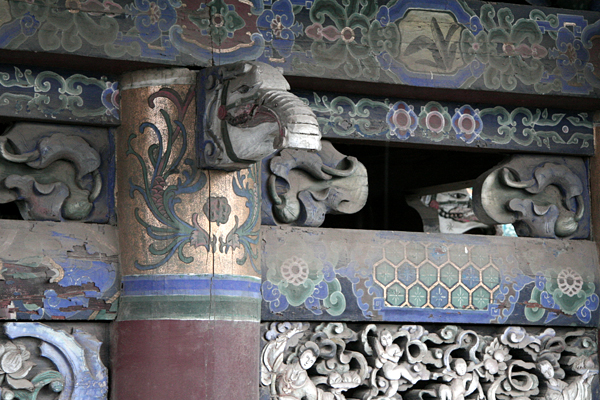
HOTEL REVIEWS
See Part 2 of this series. Don't miss the rare chance to spend a few nights in some of the most atmospheric traditional dwellings in China.
RESTAURANT REVIEWS
See Parts 3 and 4 of this series. As previous mentioned I consider Pingyao to be a greatly underrated destination for foodies. Once you venture outside of the city walls into the real Pingyao, there are plenty of choices for excellent food at absolute bargain bottom prices.

SIDE-TRIPS
Shuanglin Temple -- Protected as part of Pingyao’s UNESCO World Heritage Site is the spectacular temple of Shuanglin Si, truly in a class of its own with a huge collection of stunning terracotta sculptures found nowhere else. IMHO this is probably the most visually spectacular sight in the vicinity of Pingyao, and really shouldn’t be missed.

These are not your typical standalone statues, but thousands of extravagant figurines and relief sculptures that seem almost organically woven into the temple’s interior structures. No photos are allowed inside in order to protect the brilliant colours from the flashlights of marauding tourists, which is a bit of a shame.
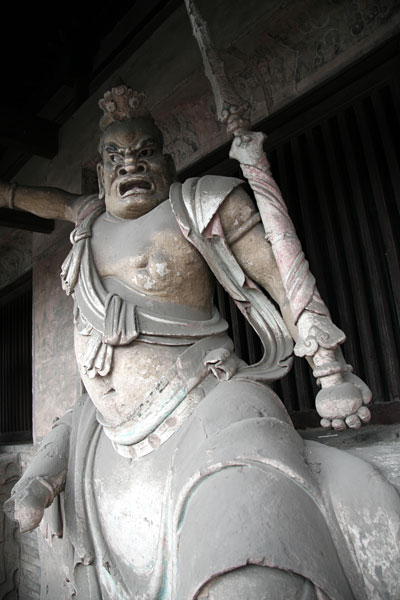
The local bus stops quite a distance from the actual temple though (probably a 30 minute walk), and we opted to just hire a taxi from Pingyao for RMB 50 roundtrip, including the taxi’s RMB 10 parking fee at the temple. It’s a beautiful, largely uncrowded complex to spend time in the afternoon.
Wang's Family Compound - The largest residential compound in China outside of the Forbidden City, this family castle belonged to Shanxi's most successful merchant clan. It is so vast, so beautiful and so well-preserved that it's only a matter of time before it becomes a UNESCO World Heritage Site. See my detailed review here.
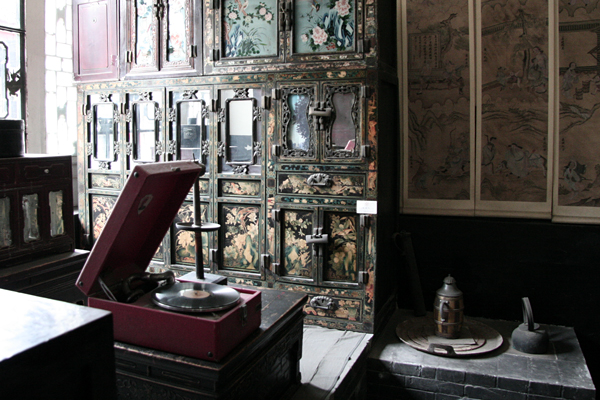
Qiao's Family Compound - Another complex belonging to another wealthy Shanxi merchant clan, the Qiaos. Qiao Jia Da Yuan shot to national fame in 2006 when state-owned CCTV filmed a 45-episode drama of the same name in the complex. Most people would agree though, that Wang's is much larger and much more worthwhile for tourists.
Other Family Compounds - The Chang, the Qu and the Cao also have their family compounds open for exhibition, and are probably stately and picturesque as well, if you have even more time.
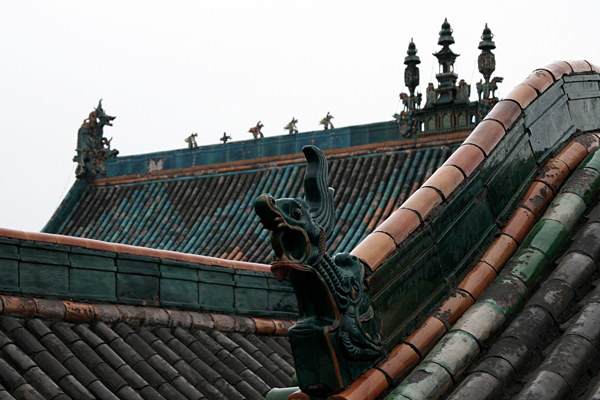
Zhenguo Temple - We did not plan to visit, but it is known to be one of the oldest standing wooden temples in China at over 1,000 years old.
Mianshan - Claiming a long history of 2,300 years, this complex of precarious-looking structures hugging the steep mountain side is really recently developed in the 21st century. The natural scenery may actually be worth it, though we didn't bother to find out. This is located in the vicinity of Wang's Family Compound, so a combined visit with a stay at Mianshan's new resort can be an option for those who have more time.
Zhangbi Castle - This is one place I really wish I had the time to visit. Zhangbi Castle's tunnel defense system is said to be so extensive and potentially dangerous that no one is allowed to enter without a guide ... but then that could just be a ploy to help out the guides. It is located on the way to Wang's Family Compound, and is quite possible to combine with Wang's on a day-trip if you don't mind hiring your own taxi (or find someone to split the cost) for the day.


